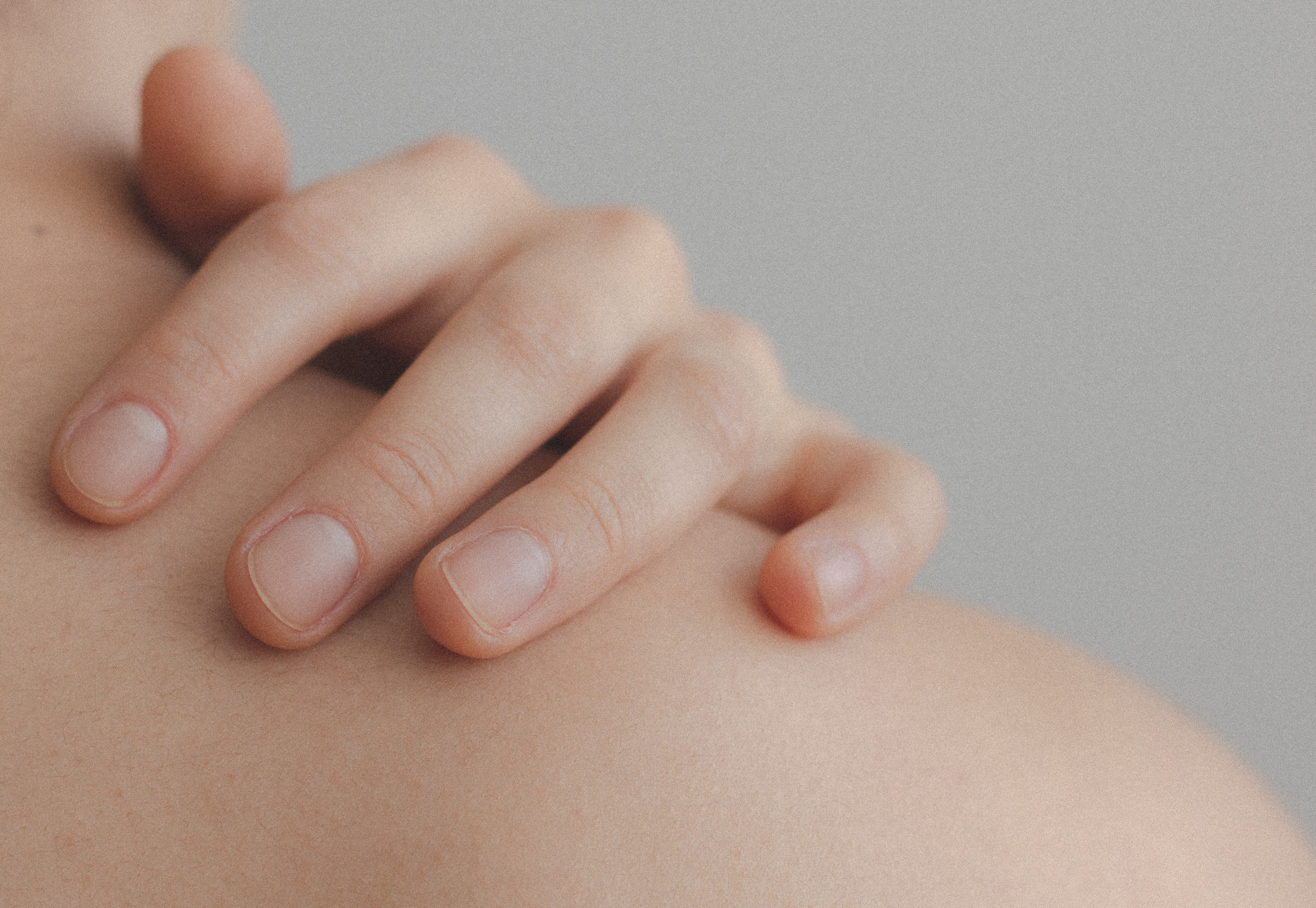
Take this skin quiz to find the best ingredients for your skin and build your skin care routine.
Take The Skin Quiz
Vitamin E is a supplement rich in antioxidants which help to neutralize the free radicals that affect your skin. Vitamin E is used to condition environmentally-exposed skin, help to keep the surface as intact as possible, as well as help with sunspots.
The National Institute of Health has documented the effectiveness of using vitamin E. There are eight types or forms of vitamin E, and the two most common are tocopheryl acetate and tocopherol, both of which are in many skincare products.
There are many ways to use vitamin E to help treat your sunspots, internally and externally. The recommended dose to take is 400 I.U. in the morning, as well as in the evening. You can also puncture the capsule and use the oil directly on the spots. Wheat germ is the most natural form of vitamin E, though the capsules are more common to use. A diet that is rich in vitamin E is beneficial, as well as adding vitamin C to your daily oral dosage. Using a serum that has vitamin E
Before adding vitamin E to your skincare, you should perform a patch skin test. In its pure form, vitamin E can cause a dermatitis-type of reaction. As stated before, it is best to use vitamin E on normal or even dry skin in comparison to sensitive skin, as you may suffer from some discomfort and topical redness. If you are acne-prone, be aware that oil may clog pores, so be sure to use the oil in conjunction with a good cleansing and exfoliating routine. Some studies have also shown that taking a dosage higher than 1200 I.U. may affect your metabolism and your body’s ability to absorb vitamins A and K. In some instances, vitamin E can have adverse affects on the skin when combined with Retinol and vitamin A.
By using vitamin E on your skin, you will get added benefits. Being an antioxidant, it helps to keep your skin smooth and the lipids fresh. It is excellent for helping to maintain balance, as well as helping to restore your skin’s natural barrier.
Dry skin, also called xerosis, is when the outer most layer of skin, or epidermis, isn’t retaining sufficient moisture. The epidermis is partially made up of epidermal proteins and fats, or lipids, which help to retain moisture. If the proper amount of these proteins or lipids are lacking, moisture will evaporate more quickly and dry skin will ensue.
Also, external and environmental factors, such as weather, cold air, hot and excessive showers and harsh soaps, are notorious for either causing or exacerbating dry skin.
Rosehip oil enhances the appearance of dry or damaged skin by reducing flaking and restoring the overall vitality of the skin. Jojoba oil is also good for keeping in moisture for healthier skin. Hyaluronic acid is another great ingredient for retaining moisture in dry skin.
Acne-prone dry skin is the hardest to treat because anti-acne ingredients like salicylic acid, glycolic acid, retinoid, etc tend to be drying. Instead of avoiding these effective ingredients, you can combine these ingredients with moisturizing ingredients to counter effect the dryness of these ingredients.
vitamin E may be effective for dry skin, but there are many other factors that may affect whether this ingredient would work on your skin or if there are better ingredients that may work for you. Take this skin quiz to find the best ingredients for your skin and build your skincare routine.
Next: Does Sugar work on redness ?